Definition
noun
The process of taking in of dissolved organic compounds that are absorbed into the cells via extracellular digestions for nutrition.
Supplement
The organisms that used osmotrophy are known to be an osmotrophs which are usually found in protists and fungi although exclusively osmotrophic feeding in contemporary ecosystems are restricted to microscopic bacteria thereby used the process of osmosis for the movement of food although some macroscopic animals like molluscs, sponges, corals, brachiopods and echinoderms used osmotrophic feeding as supplemental food source.
Osmotrophy is an efficient means of gathering nutrients in microscopic organisms that relies on the surface area to ensure that proper diffusion occurs throughout the cell. When organisms increased in size the surface area per volume ratio drops and osmotrophy becomes insufficient to meet the nutrient demands.
In stagnant waters photoautotrophs has a relative advantage over heterotrophic osmotrophs since the flux of photon as energy source is not hindered at low temperatures thus, it depend on diffusion for mass acquisition through Brownian diffusion.
The fluid motion of osmotrophs is an impenetrable importance because asymptotic reactions occurs in the absence of fluid motion, thus movement bring closer to the cell that correspond to the highest gradients though diffusional core is safe on average concentrations.
See also:
• autotrophy
• heterotrophy
• phototrophy
• phagotrophy
• mixotrophy
Related terms:
• osmotrophic (adjective)
Dictionary > Osmotrophy
You will also like...
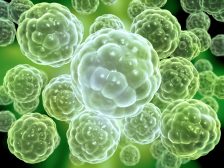
The Evolution of Cell Organelles
The nucleus containing the genetic material, DNA, and the mitochondria, well-identified as the "powerhouse of the cell",..
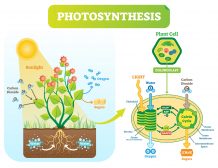
Photosynthesis – Photolysis and Carbon Fixation
Photosynthesis is the process that plants undertake to create organic materials from carbon dioxide and water, with the ..
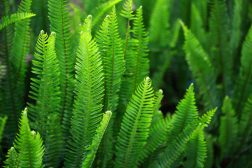
Vascular Plants: Ferns and Relatives
Ferns and their relatives are vascular plants, meaning they have xylem and phloem tissues. Because of the presence of va..
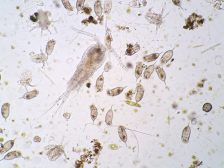
Freshwater Communities & Plankton
Planktons are microscopic organisms that live suspended in aquatic habitats. There are two groups: the phytoplanktons an..
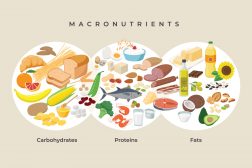
A Balanced Diet – Carbohydrates and Fat
Apart from vitamins, the human body also requires high energy sources such as carbohydrates and fats. If you want an ove..
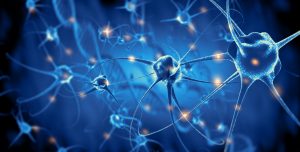
Neural Control Mechanisms
Neurons generate electric signals that they pass along to the other neurons or target tissues. In this tutorial, you wil..

